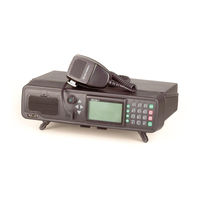MOBAT MICOM-3F M91AMNOKV5-K Manuals
Manuals and User Guides for MOBAT MICOM-3F M91AMNOKV5-K. We have 1 MOBAT MICOM-3F M91AMNOKV5-K manual available for free PDF download: Owner's Manual
Micom MICOM-3F M91AMNOKV5-K Owner's Manual (164 pages)
HF-SSB Transceivers
Brand: Micom
|
Category: Transceiver
|
Size: 4 MB
Table of Contents
Advertisement
